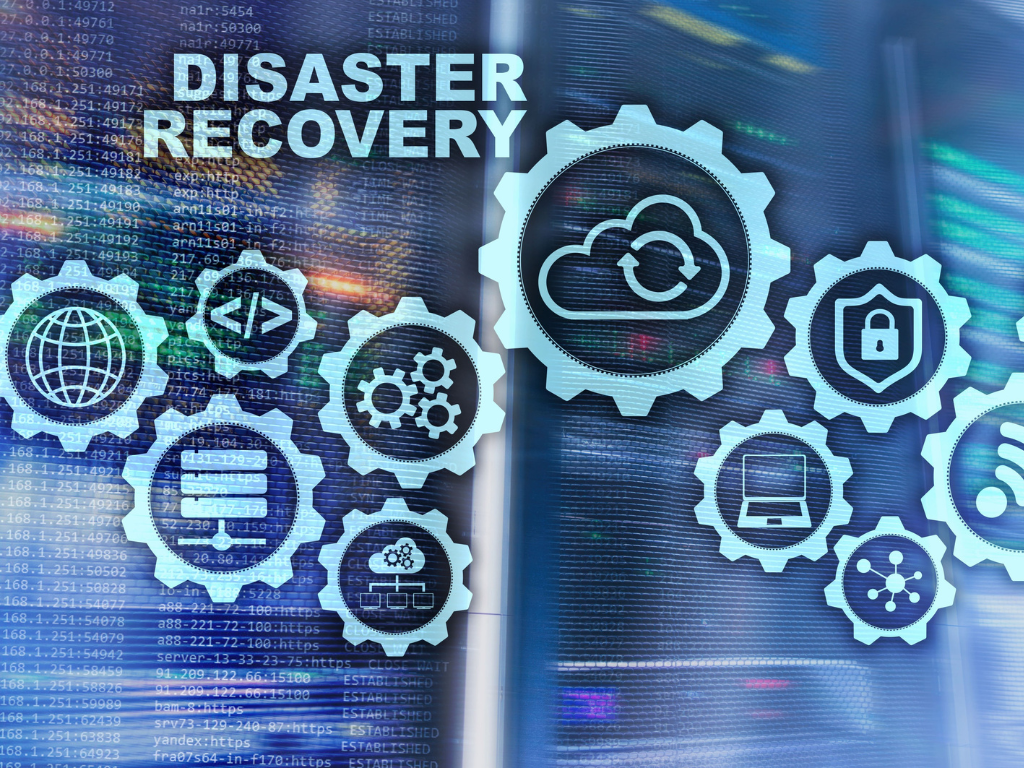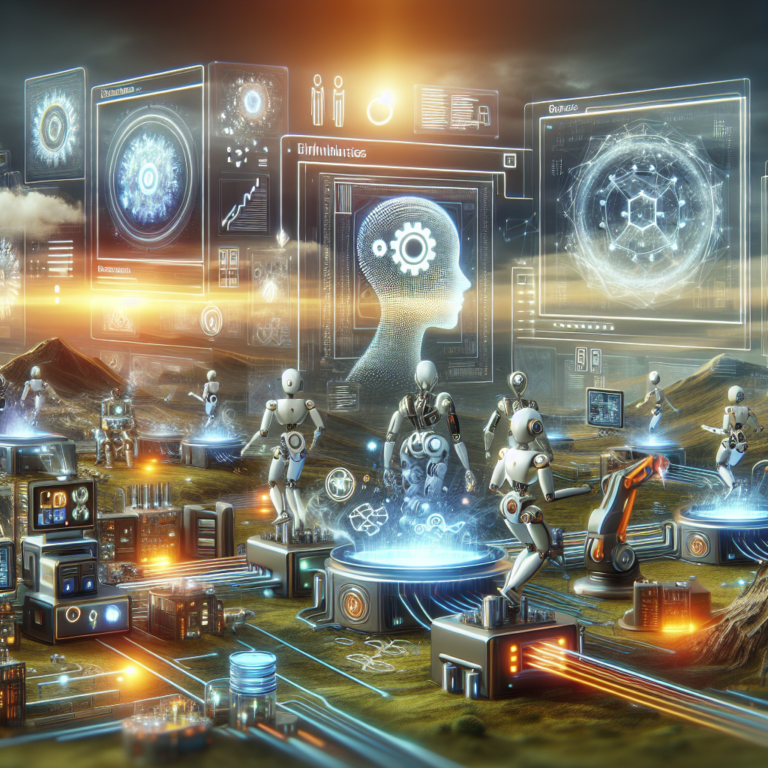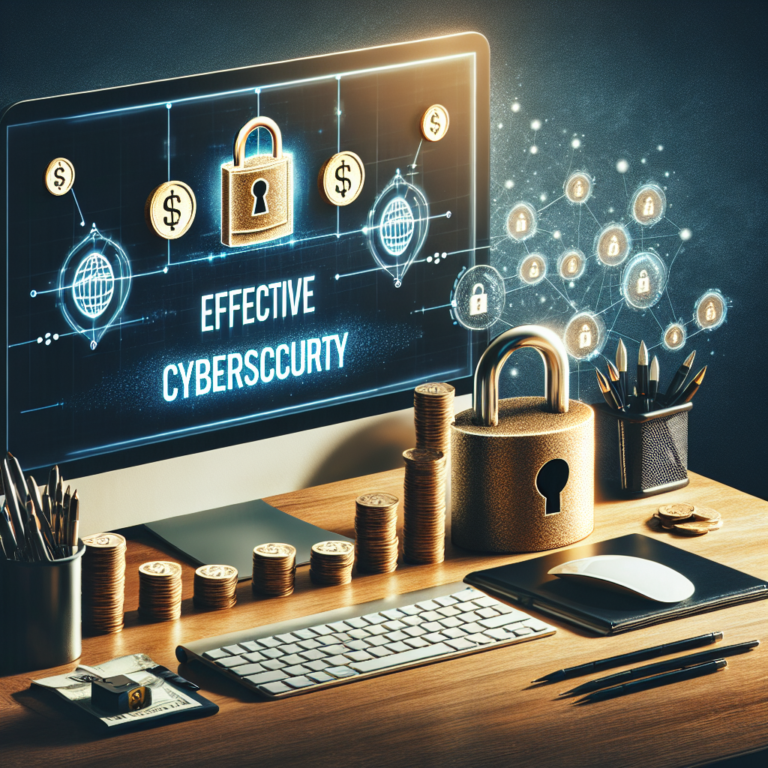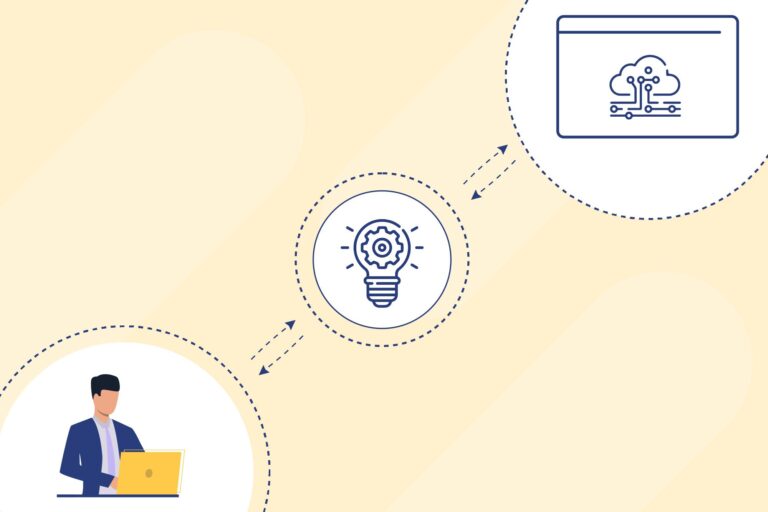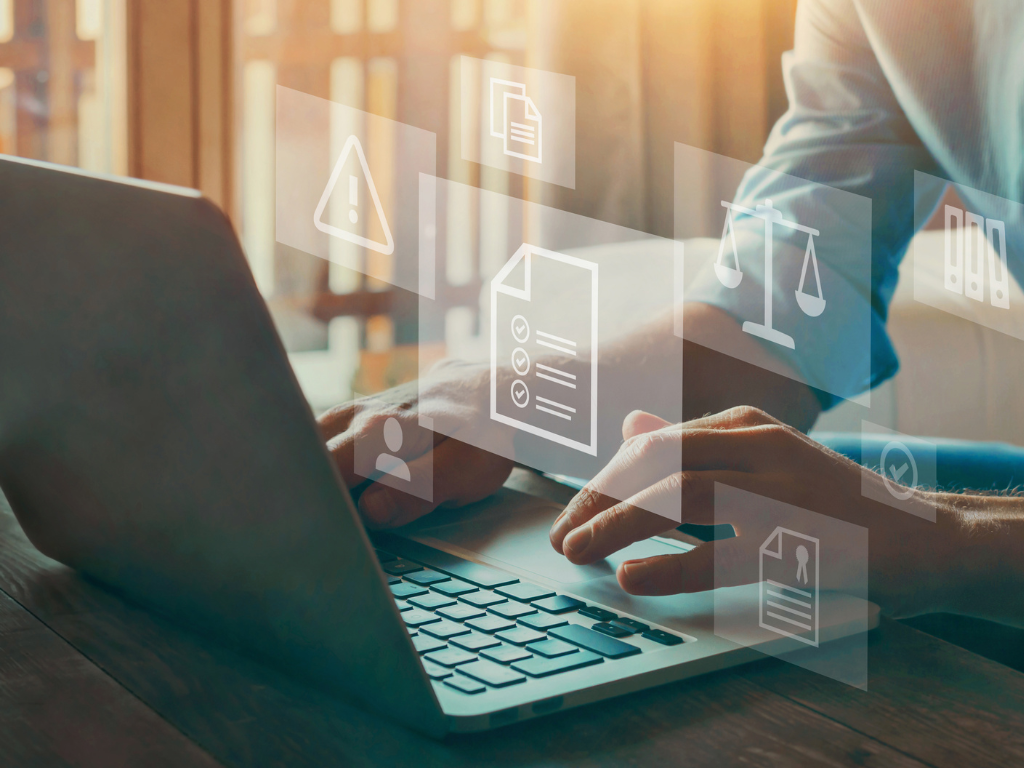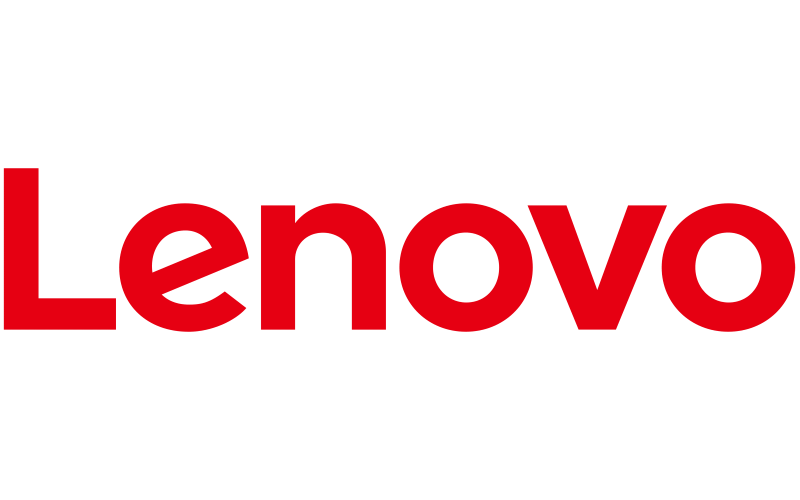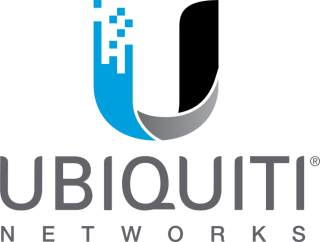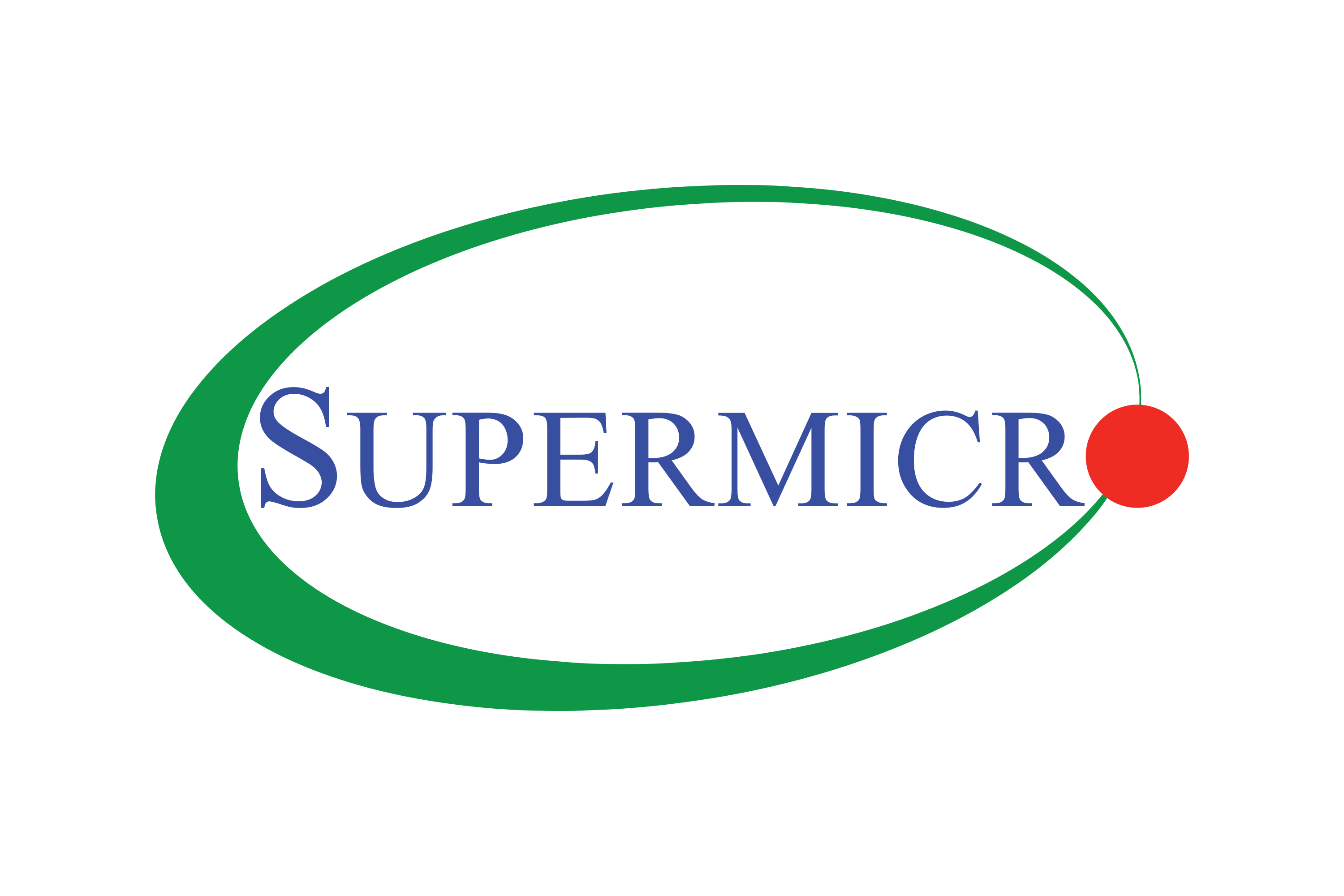Introduction
Delivering exceptional customer experience (CX) is no longer a differentiator—it’s a necessity for businesses aiming to thrive in a competitive marketplace. With advancing technologies like the Internet of Things (IoT), businesses now have an unprecedented opportunity to redefine the way they serve and engage their customers.
This blog explores how businesses can revolutionize the customer experience using IoT-driven data insights, personalization, and streamlined operations. For business owners, leveraging these technologies is no longer just an option—it’s the foundation for future success and long-term customer loyalty.
What is IoT and How Does It Impact Customer Experience?
The Internet of Things (IoT) refers to a network of connected devices that collect and exchange data in real-time. Devices like smart shelves, sensors, and apps offer businesses the ability to optimize daily operations, predict customer needs, and improve engagement. This interconnected ecosystem provides actionable insights for creating a seamless and highly personalized customer experience.
IoT is particularly powerful for industries like retail, e-commerce, hospitality, and consumer goods. When integrated effectively, it enhances three critical areas of CX:
- Personalization – Identifying customer preferences and delivering tailored recommendations.
- Real-Time Responsiveness – Proactively addressing customer needs to eliminate friction.
- Operational Efficiency – Reducing operational redundancies and improving availability.
Key Applications of IoT in Improving Customer Experience
IoT is revolutionizing CX across multiple domains of business operations. Below are key areas where IoT excels:
1. Customer Personalization
IoT enables businesses to collect real-time data about customer behavior and preferences. Using this data, businesses can:
- Provide product recommendations based on customer usage patterns.
- Anticipate needs, such as recommending replenishment orders when inventory is low.
- Offer dynamic subscription model updates to align with consumer needs and changing habits.
For example, IoT sensors in a refrigerator can track the consumption of perishable items and suggest a restock order, driving convenience for the customer while deepening their loyalty to the brand.
2. Supply Chain Optimization
IoT-powered tools like smart shelves and live tracking systems ensure that businesses optimize inventory management and streamline logistics. By integrating IoT data into supply chains, business owners can:
- Improve forecasting to align inventory with demand.
- Reduce dead stock through real-time consumption patterns.
- Enhance operational workflows for timely deliveries.
An example includes smart shelves equipped with sensors that detect inventory levels in real time. These shelves notify businesses when stock is low, ensuring customers never face out-of-stock situations, thereby improving satisfaction.
3. Predictive Maintenance
Taking a lesson from predictive maintenance in industrial IoT, businesses can use similar principles to minimize disruptions in customer services or product deliveries. For example:
- Predict potential service issues or failures and address them proactively.
- Develop predictive models for product usage to better manage subscriptions and replacements.
This approach increases efficiency while enhancing CX, as customers feel their needs are addressed before issues even arise, making interactions seamless and positive.
4. Enhanced Security and Privacy
IoT systems handle vast volumes of sensitive data. It’s vital for businesses to use robust security measures to gain customer trust. Key strategies include:
- Complying with data privacy regulations like GDPR.
- Adding security features such as encrypted communication and multi-factor authentication for IoT devices.
Ensuring that customer information is safely managed further reinforces trust and loyalty.
5. Cross-Selling and Up-Selling Opportunities
IoT systems analyze customer data to generate personalized cross-sell and up-sell opportunities. Businesses can leverage usage data to:
- Recommend complementary products or services.
- Bundle products based on real-time consumption trends.
- Tailor exclusive offers to individual customer preferences.
For instance, a coffee subscription service using smart inventory management may recommend a premium grinder or specific coffee blends as consumption patterns increase, allowing the customer to scale their purchases conveniently.
Peripheral Benefits of IoT in CX
Beyond the immediate impact on CX, IoT provides additional benefits that foster long-term business growth:
- Product Innovation – Customer usage data collected by IoT devices informs companies when designing new offerings with features tailored to customer behavior.
- Churn Detection and Prevention – AI-powered IoT systems can analyze user disengagement signals and proactively roll out incentives like personalized discounts or enhanced plans to retain customers.
- Efficiency Gains – Improved workflows and inventory visibility reduce operational waste and costs, freeing up resources to invest in customer-focused initiatives.
Challenges to Consider
Though IoT presents immense potential, businesses must address the following challenges:
- Data Security – Businesses must protect sensitive data from potential breaches and comply with global privacy regulations.
- Customer Adoption – Any IoT-based system should be user-friendly and integrate seamlessly into customers’ existing environments for successful adoption.
- Scalability – IoT devices and systems should be designed with scalability in mind to meet growing demands effectively.
Practical Takeaways for Business Owners
Business owners keen to revolutionize their customer experience through IoT should:
- Start small by targeting specific pain points with IoT solutions (e.g., improving inventory management or streamlining subscriptions).
- Invest in a secure IoT ecosystem with robust encryption and compliance measures.
- Use IoT-generated insights to guide broader business strategies, like service personalization and inventory planning.
- Continuously educate teams on the potential of IoT to gain buy-in across departments.
The Future of Customer Experience with IoT
The synergy between IoT and CX will only grow stronger as IoT adoption increases. Gartner predicts a dramatic rise in actionable IoT data, transforming how businesses serve their customers by 2025. Organizations that invest in this technology now will not only improve their current operations but also position themselves as leaders in creating seamless, meaningful customer experiences.
Final Thoughts
IoT is not just a tool—it’s a pathway to deeper customer engagement, better relationships, and heightened customer loyalty. For business owners, adopting IoT-driven solutions as part of your CX strategy is a step toward efficiency, innovation, and a competitive edge.
The future of CX will be defined by companies that use these technologies to deliver convenience, proactivity, and personalization. Are you ready to take the leap?
